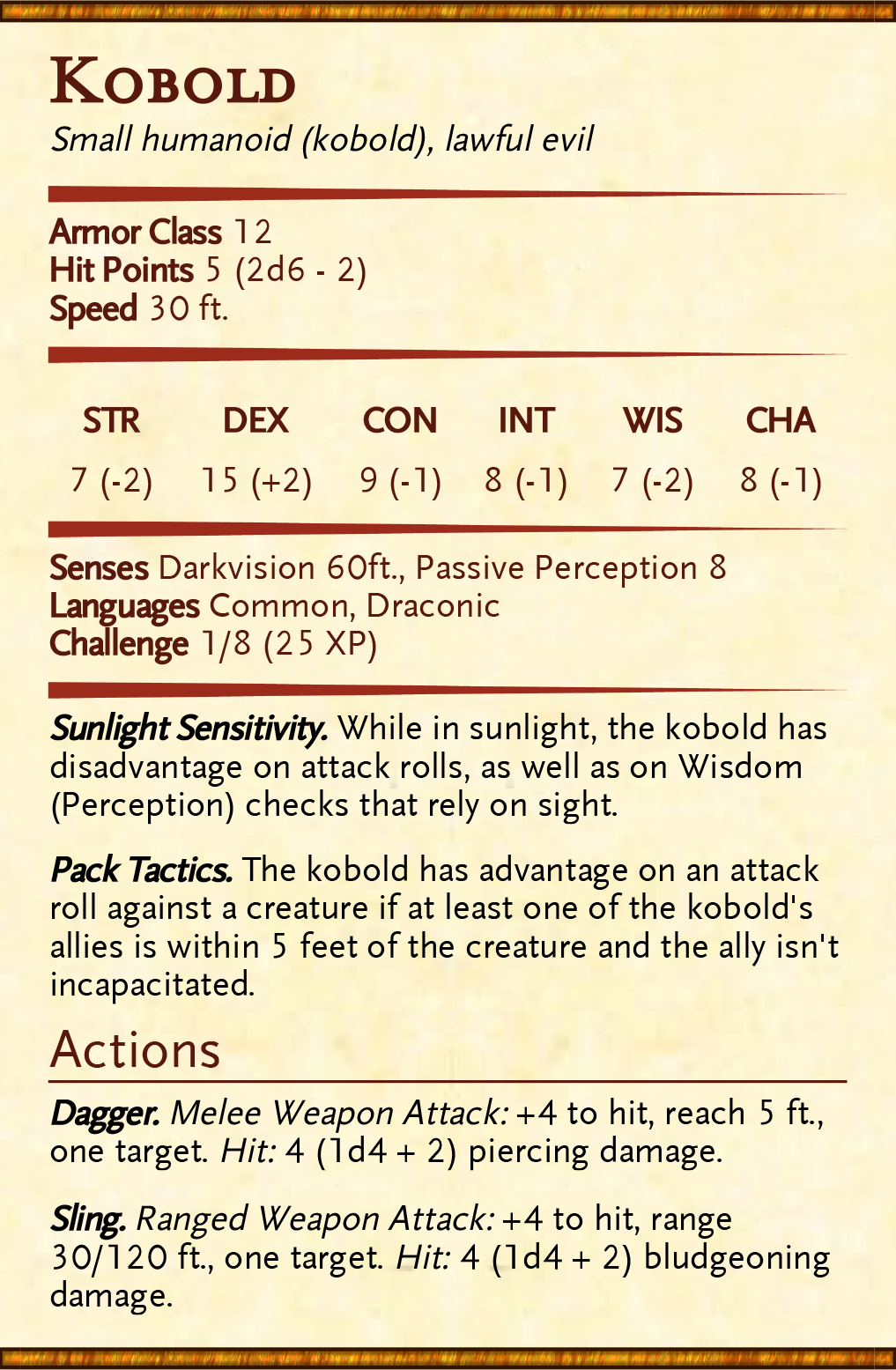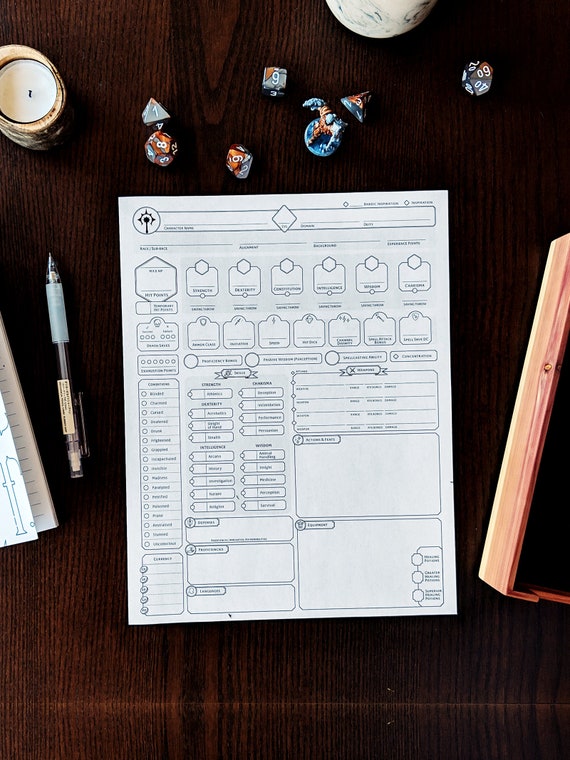

Below are the feats that directly and indirectly impact AC: We wrote an entire article on 5e feats so if you are looking for an in-depth look at them, that is where you can find it.

Some races that were introduced outside of the core sources that boost AC are: Not many races give an inherent bonus to AC because of how strong an AC bonus at 1st-level tends to be. Staff of Power – +2 AC and to all saving throws, among other effects.Shield +1/2/3 – +3/4/5 AC (because shields grant +2 AC, the +1 shield will grant +3 AC and so on).Ring of Protection – +1 AC and to all saving throws.Glamoured Studded Leather – +1 AC, among other effects.Elven Chain – +1 AC, among other effects.Dwarven Plate – +2 AC, among other effects.

Dragon Scale Mail – +1 AC, among other effects.Demon Armor – +1 AC, among other effects.Cloak of Protection – +1 AC and to all saving throws.Arrow-Catching Shield – +2 AC against ranged attacks, among other effects.While magic items are rare and expensive, there are quite a few that can boost your AC. Forge Domain Cleric: Soul of the Forge – Gain a +1 bonus to AC when wearing heavy armor.There are other subclasses that can boost AC because of class features: Artificer Infusion: Enhanced Defense – This infusion allows you to increase the AC of a shield or suit of armor by 1.Barbarian: Unarmored Defense – Base AC = 10 + your Dexterity modifier + your Constitution modifier.Monk: Unarmored Defense – Base AC = 10 + your Dexterity modifier + your Wisdom modifier.Some classes gain the ability to increase their base AC: A character’s ability to wear armor directly ties to the class they take, though their ability scores and any feats they have also come into play.īelow is a table of the different types of non-magical armor that can be found in D&D 5e, before choosing to wear a certain type of armor, make sure that your class has proficiency in it, and that you meet any other requirements such as the minimum STR requirement for Heavy Armor and only being able to equip non-metal armor for Druids.
#Dnd 5e health calculator level 3 fighter how to#
Below are some examples of different ways to increase AC, these options focus mainly on the Basic Rules, though some examples are given from other sources How to increase your Armor Class ArmorĪrmor is one of the most common ways to increase Armor Class in 5e. The two most common ways to increase AC are to pump your Dexterity modifier (if you’re not wearing heavy armor) or to equip better armor. If you have a spell, item, feat, or racial trait that affects your Armor Class then the calculation will change. When unarmored, your base Armor Class is 10 + Dexterity modifier. When making a Saving Throw, Armor Class does not affect the outcome of the roll. When making an attack against a creature, if the attacker meets the defender’s AC the attack will hit. In this Mechanic Overview, we will be covering the basics of AC, and how it interacts with other aspects of D&D’s 5th Edition. There are a number of things that can increase a character’s AC, a few of which being armor, magic items, class features, and racial traits. A high AC can mean that a creature is particularly dexterous or that they can use magic to defend themselves. While it is specifically called “armor” class, a creature’s AC does not always entirely depend on how much armor a creature is wearing. In 5th Edition, Armor Class (AC) is one of the most important aspects of any character because it determines how easily they can be hit. Why doesn’t AC automatically increase with levels?.How do you calculate Armor Class in 5e?.


 0 kommentar(er)
0 kommentar(er)
